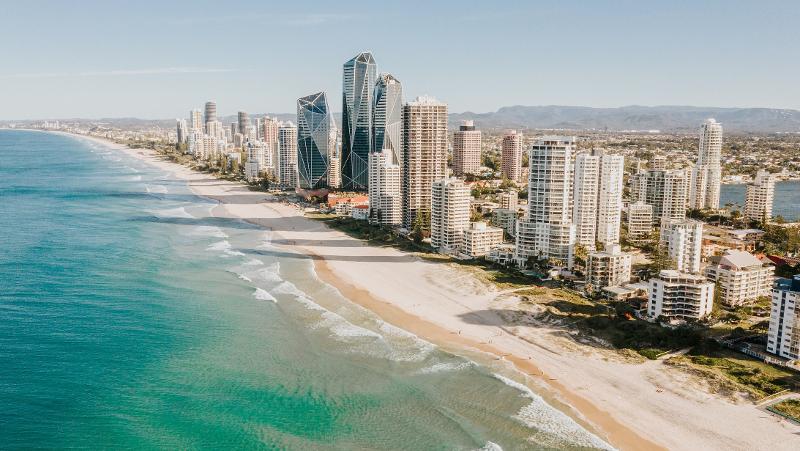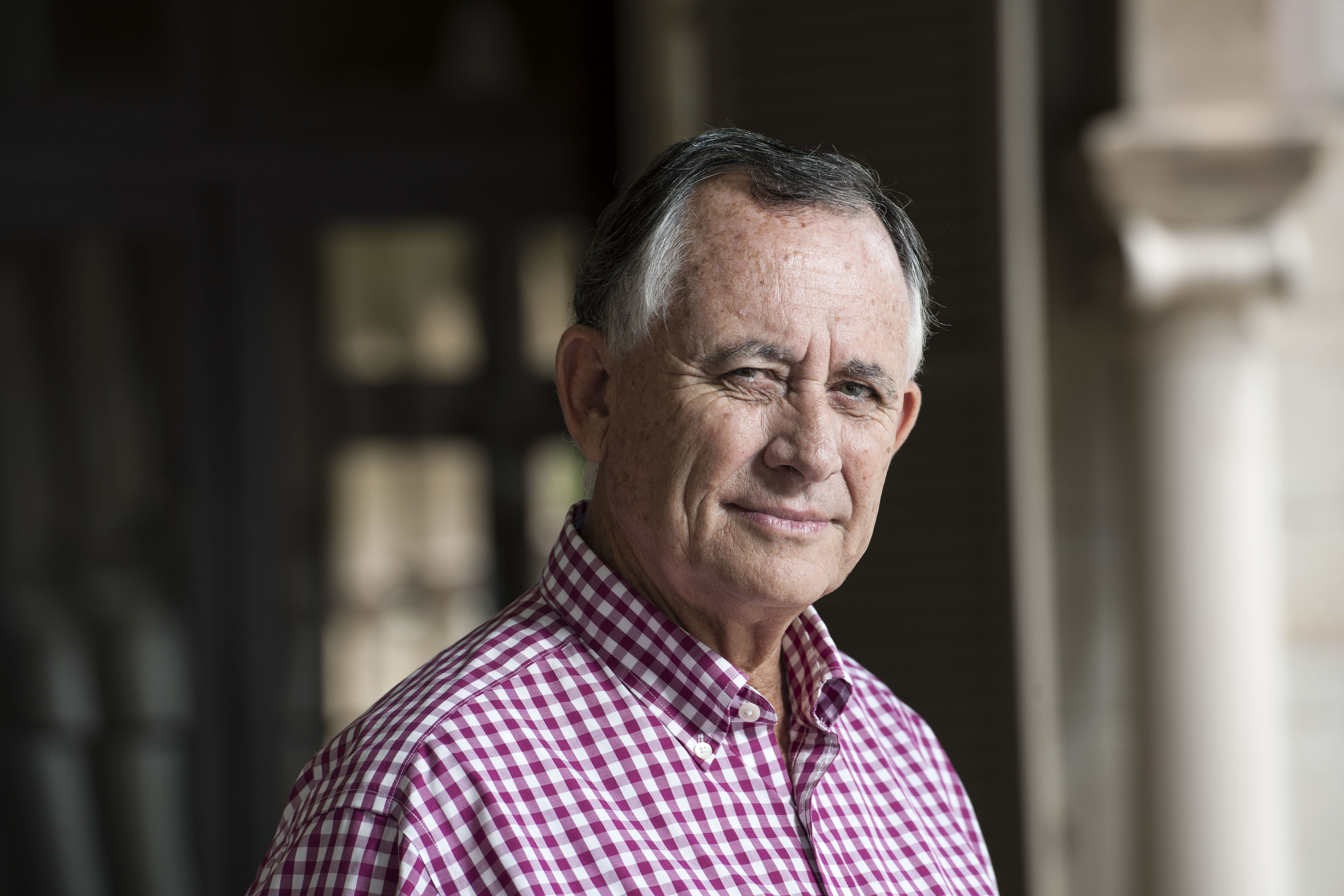
South-East Queensland looks to have four new mayors as the votes continue to be counted following the local government elections on Saturday – Peter Flannery (Moreton), Darren Power (Logan), Teresa Harding (Ipswich), and Vic Pennisi (Southern Downs).
Others, including former State Opposition Leader Lawrence Springborg in Goondiwindi, have glided in unopposed. Their biggest challenge now will be the financial hardship of their ratepayers.
“With so much fear and uncertainty about COVID-19, I think people are mostly sticking to what they know. When everything is changing, it’s human nature to want some things to stay the same,” said past Speaker of the Queensland Parliament and QUT Adjunct Associate Professor John Mickel.
“Now ratepayers need support and councils need to be central to any recovery plans.

“Although new to local government, Lawrence Springborg is well known in the region and was the only person running for mayor, so it was always going to be an easy night for him.
“The same applies to Tanya Milligan for Lockyer and Graeme Lehmann for Somerset. Elsewhere, long-serving Mayor Paul Antonio easily won in Toowoomba, as did Mark Jamieson on the Sunshine Coast and Tom Tate on the Gold Coast.
“In the Scenic Rim electorate, with 70 percent of the vote counted and preferences to be distributed, sitting mayor Greg Christensen is leading; while in Redland City Mayor Karen Williams is narrowly leading Claire Richardson with 61 % of the vote counted.
“However, there appears to be an upset in Noosa with 60 per cent of the vote counted and incumbent Tony Wellington trailing challenger Claire Stewart. And in the South Burnett, Mayor Keith Campbell is behind challenger Brett Otto with 61% of the vote counted and preferences to be distributed.”
Professor Mickel said regardless of locality and experience of mayors and councillors, all Queensland councils face a potential huge financial dilemma.
“As the COVID-19 health and financial crisis continues, many people will struggle to pay their rates,” he said.
“Local Governments should be the focus of an infrastructure-funding package. Every one of them has shovel-ready projects with roads, footpaths, bridges that need to be built or upgraded – that way towns and cities can maintain a level of economic activity in the recovery stage.”








